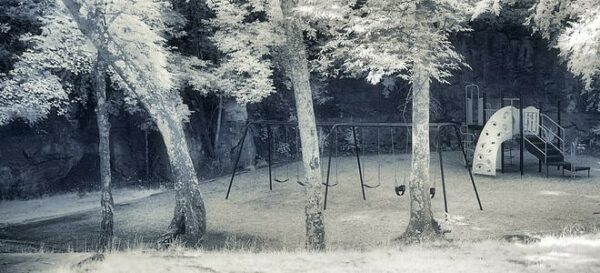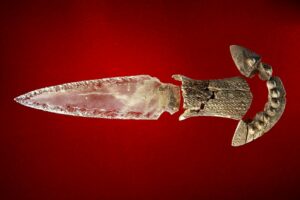Noah’s Ark remains one of the most enthralling stories in human history, transcending cultural boundaries and igniting the imagination across generations. The legendary tale of a catastrophic flood and the miraculous survival of humanity and countless species aboard a massive ark has been a topic of fascination and debate for centuries. Despite numerous claims and expeditions, the elusive resting place of Noah’s Ark remained shrouded in mystery until recent times — the intriguing findings on Mount Ararat’s southern slope that renewed discussions on the existence and location of Noah’s Ark.

The ancient tale of Noah’s Ark
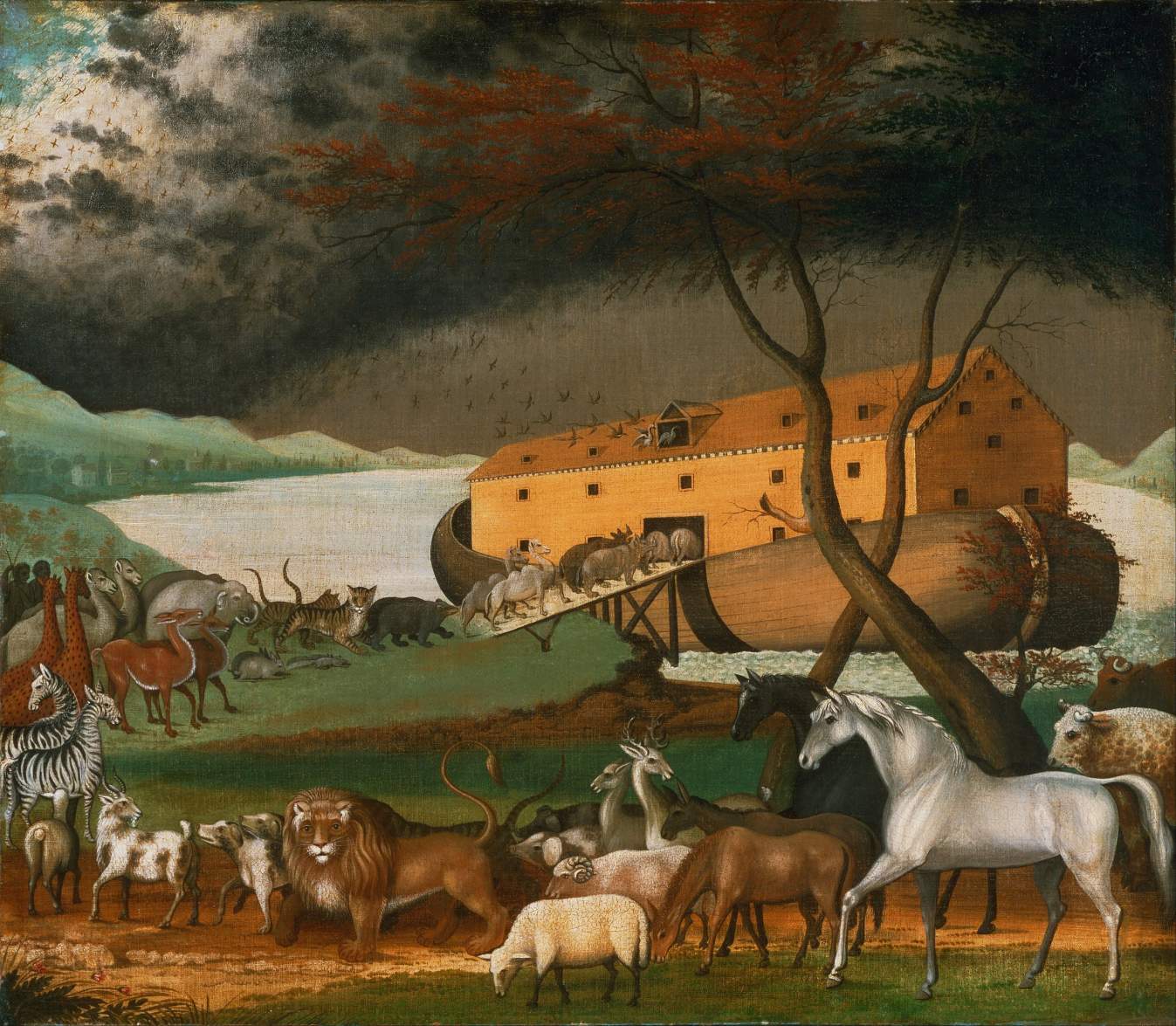
As recounted in Abrahamic religious texts such as the Bible and Quran, Noah was chosen by God to build an enormous ark in preparation for an apocalyptic flood meant to cleanse the earth of its corrupt civilizations. The ark was to provide protection and safety from the floodwaters that would destroy all living creatures and land-dwelling plants that were not on board. The ark, constructed to precise dimensions, served as a sanctuary for Noah, his family, and a pair of every animal species on Earth.
The pursuit of Noah’s Ark
Numerous explorers and adventurers dedicated their lives to locating Noah’s Ark. Not only the religious, but also the secular individuals and organizations have been searching for the remains or evidence of Noah’s Ark for centuries. The pursuit is driven by the desire to prove the historical accuracy of the flood story, validate religious beliefs, and uncover potential archaeological or scientific data.
The search efforts have taken different forms, including the examination of ancient texts, satellite imaging, geological analysis, and on-site excavations in regions believed to be the possible locations of the Ark.
Over the centuries, various regions, including Mount Ararat in modern-day eastern Turkey, were suggested as possible resting places. However, due to treacherous terrain and limited accessibility, extensive research was challenging. Despite recurring claims from 19th-century sightings to modern-day satellite imagery, conclusive evidence was still elusive.
Ararat anomaly: The controversial discovery of Noah’s Ark
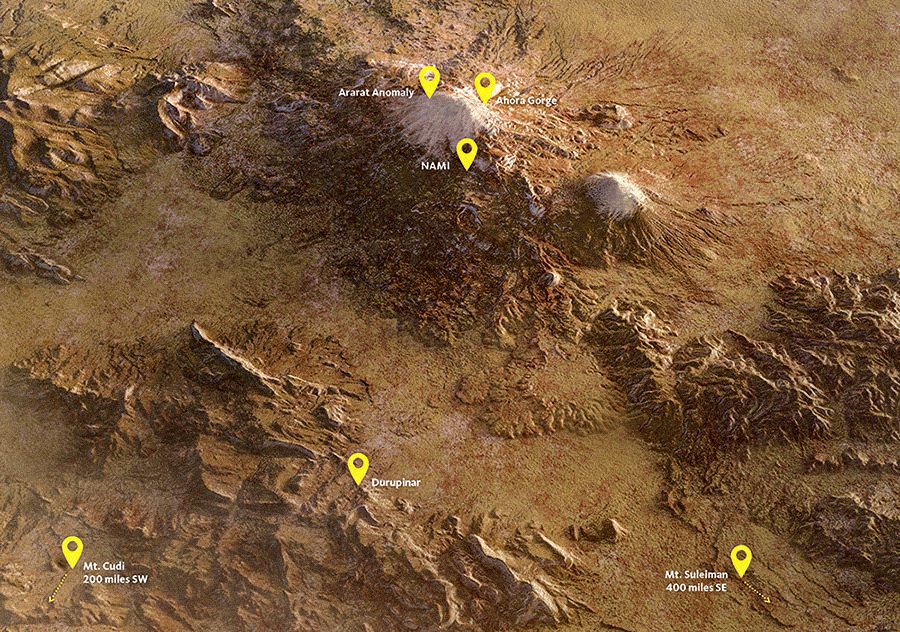
The anomaly site in question lies on the northwest corner of the Western Plateau of Mount Ararat at about 15,500 ft, an area that deviates from the commonly accepted location on the mountain’s peak. It was first filmed during a U.S. Air Force aerial reconnaissance mission in 1949 — the Ararat massif sits on the former Turkish/Soviet border, and was thus an area of military interest — and was accordingly given a classification of “secret” as were subsequent photographs taken in 1956, 1973, 1976, 1990 and 1992, by aircraft and satellites.
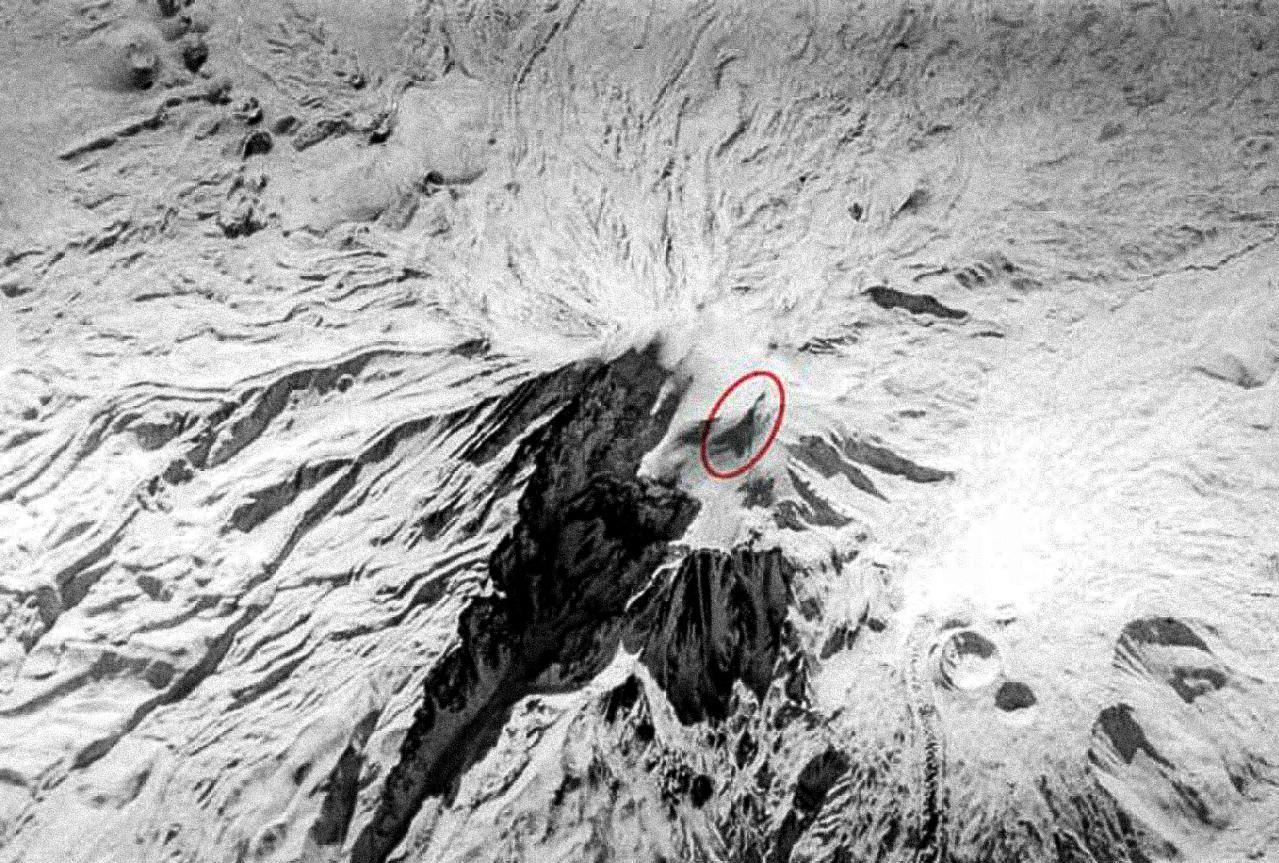
Six frames from the 1949 footage were released under the Freedom of Information Act. A joint research project was later established between Insight Magazine and Space Imaging (now GeoEye), using the IKONOS satellite. IKONOS, on its maiden voyage, captured the anomaly on August 5 and September 13, 2000. The Mount Ararat area also has been imaged by France’s SPOT satellite in September 1989, Landsat in the 1970s and NASA’s Space shuttle in 1994.
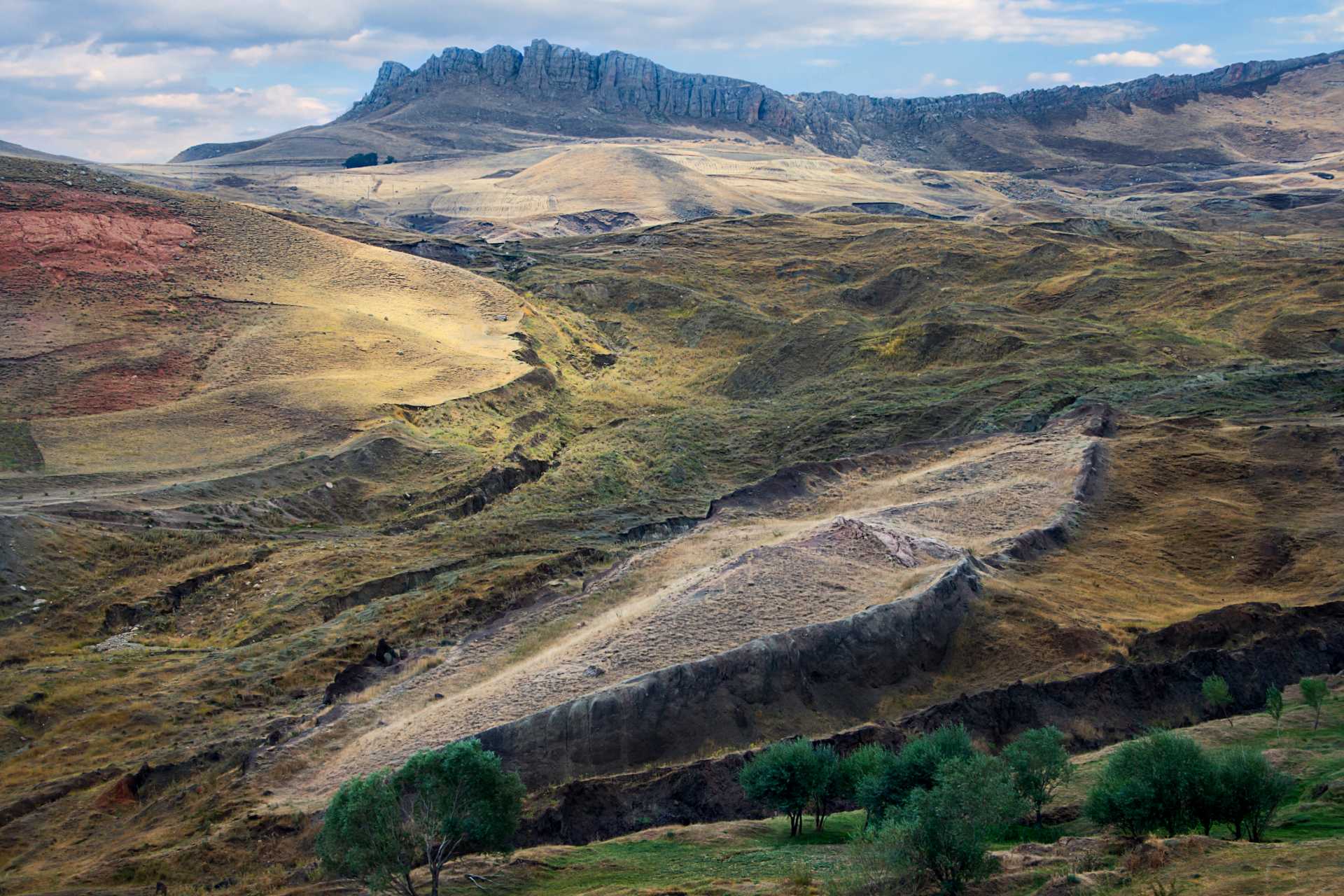
Almost six decades went by with many so many theories and speculations. Then, in 2009, a group of geologists and archaeologists revealed some groundbreaking discoveries. They claimed to have located petrified wooden fragments on the mountain. According to the researchers, carbon dating of these petrified wooden materials suggested that they dated back to 4,000 BC, aligning with the timeline of Noah’s Ark as per religious accounts.
The analysis of the petrified wooden fragments discovered on Mount Ararat’s southern slope sparked excitement among researchers and the general public. Petrification is a process where organic material converts into stone through the infiltration of minerals. Initial assessments indicate that the fragments indeed possess the characteristics of petrified wood, lending credibility to the claims of an ancient wooden structure on the mountain.
The search for further evidence
Following these initial findings, subsequent expeditions had been launched to gather more evidence and explore the possibility of a more extensive archaeological structure buried beneath the ice and rock layers. The harsh environment and the rapidly changing climatic conditions posed arduous challenges, but technological advancements in scanning and data collection techniques offered hope for further progress.
Supporting scientific research
Critical analyses of the Mount Ararat site have been conducted by scientists who evaluate the geological composition and environmental factors surrounding the area. Some researchers argue that the presence of the remains matches the flood model backed by scientific evidence, including ice cores and sediment samples further validating the possibility of a catastrophic event in antiquity.
Historical and cultural significance
Beyond the scientific intrigue, the discovery of Noah’s Ark would have profound adhesions for the better understanding of human history and religious narratives. It would provide a tangible connection to one of the most enduring tales, bridging the gap between ancient mythology and historical events. The cultural and spiritual significance of such a discovery cannot be overstated, offering window into the beliefs and practices of our ancestors.
Final words
The exploration of Mount Ararat’s southern slope has unearthed compelling evidence that rekindles the discussion surrounding the existence and location of Noah’s Ark. While the findings present an intriguing possibility, the definitive proof remains elusive. Ongoing scientific investigations, both technological and geological, will continue to shed light on this enigmatic relic from humanity’s past, teasing us with the potential to uncover ancient mysteries and deepen our understanding of religious and historical narratives.
After reading about the Ararat anomaly, read about Norsuntepe: The enigmatic prehistoric site in Turkey contemporary to the Göbekli Tepe.

